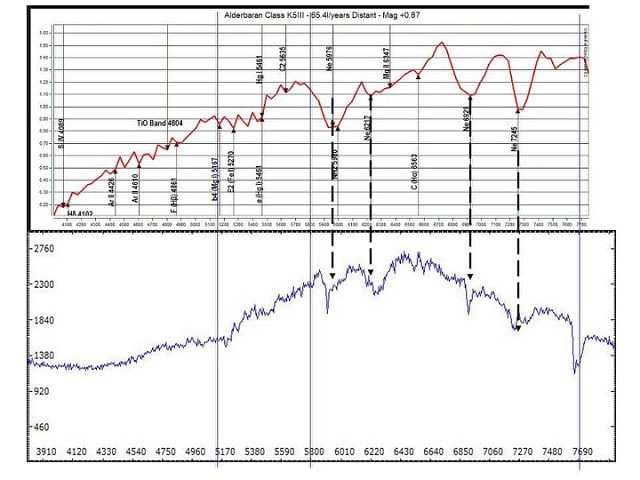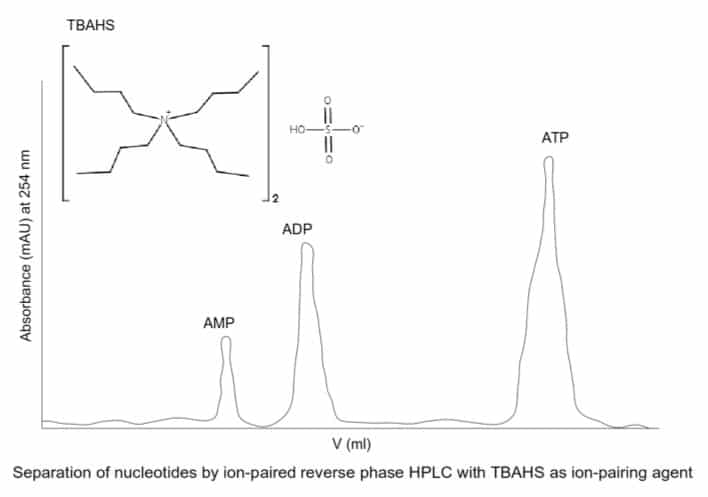Making Molecules Fly: Ionization Methods in Mass Spectrometry
Mass spectrometry molecular separation via mass/charge (m/z) ratios. Each of the various ionization approaches excels in targeting different molecule types. Understanding these techniques can help you pick the optimal ionization method to “make your molecules fly” and reveal their unique mass spectra. Read this article to learn more.




































